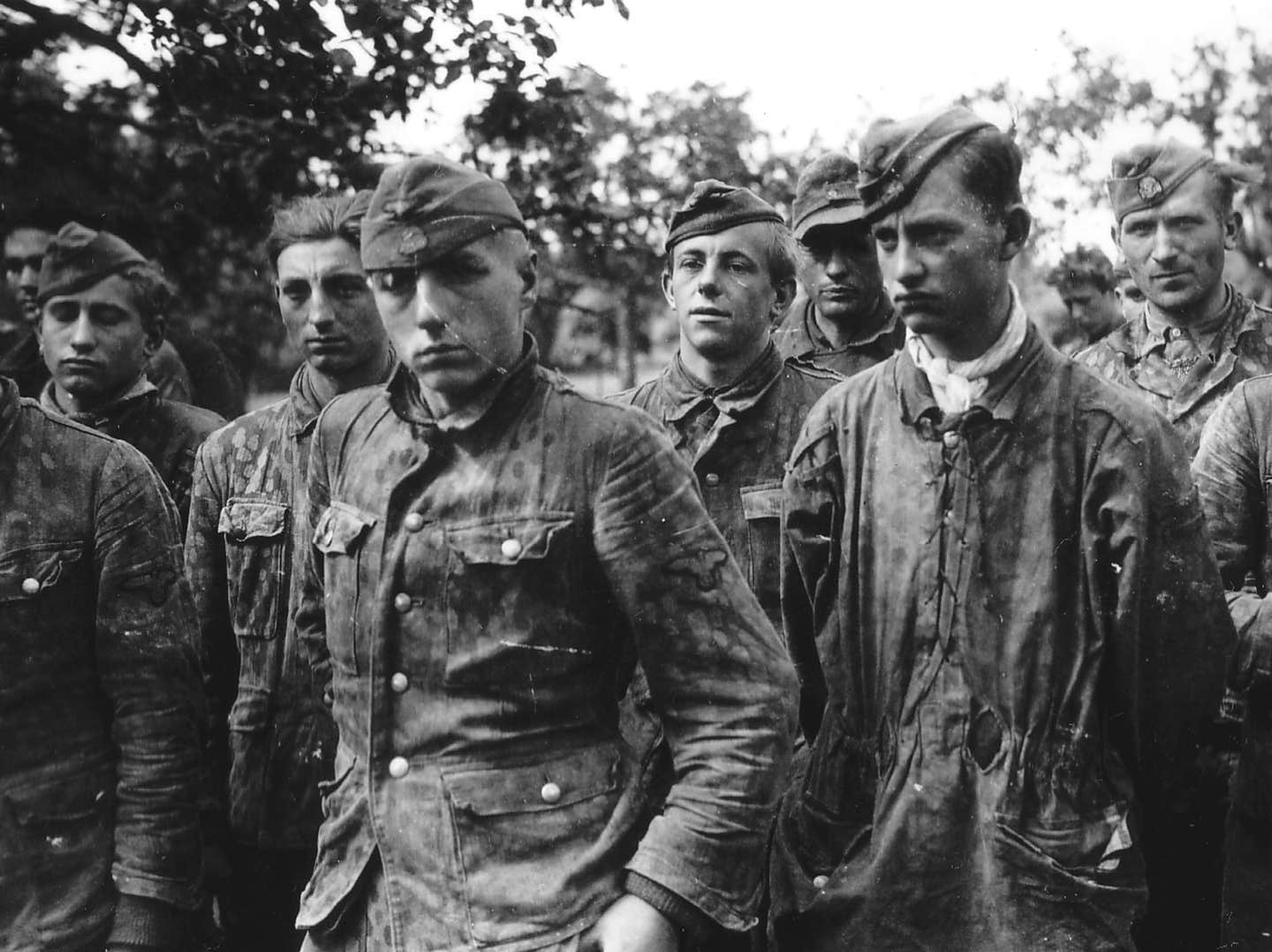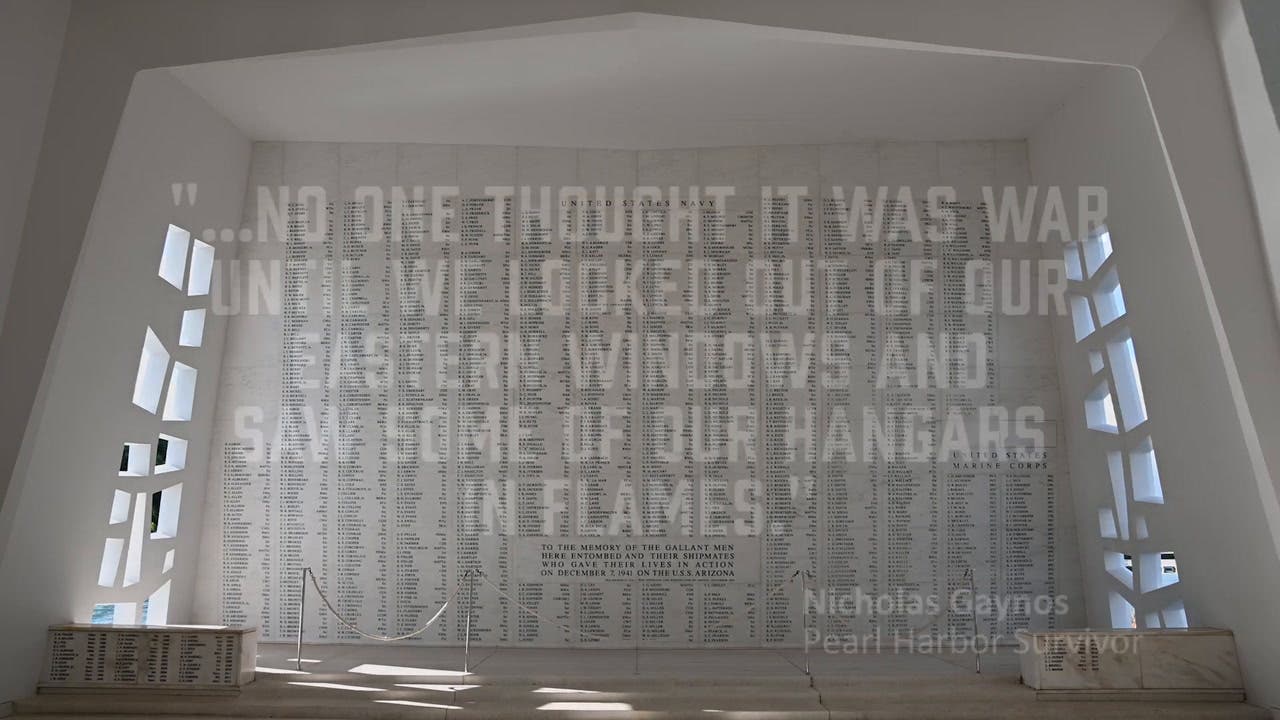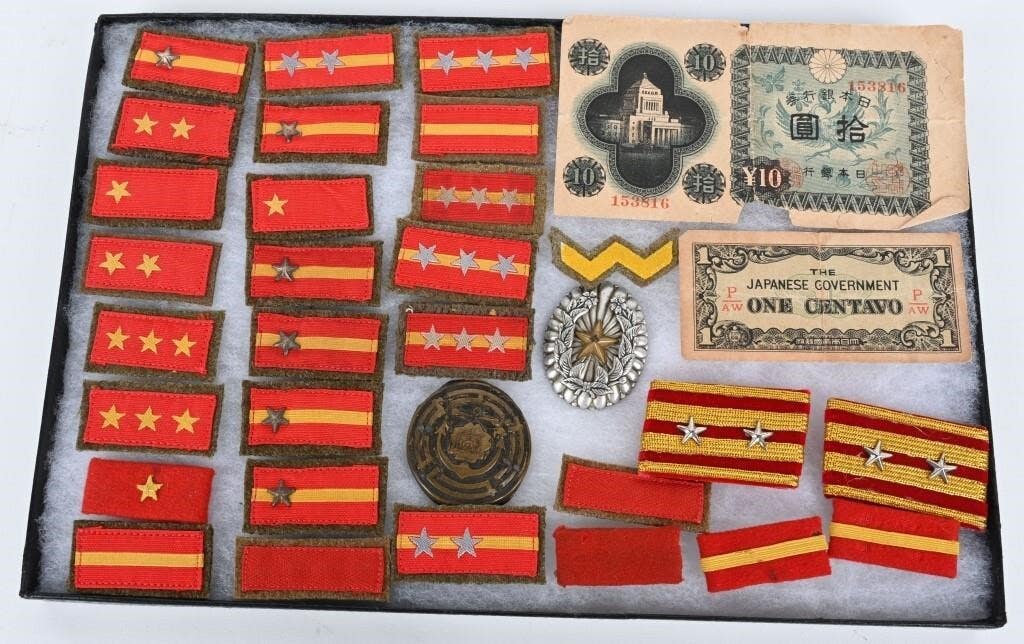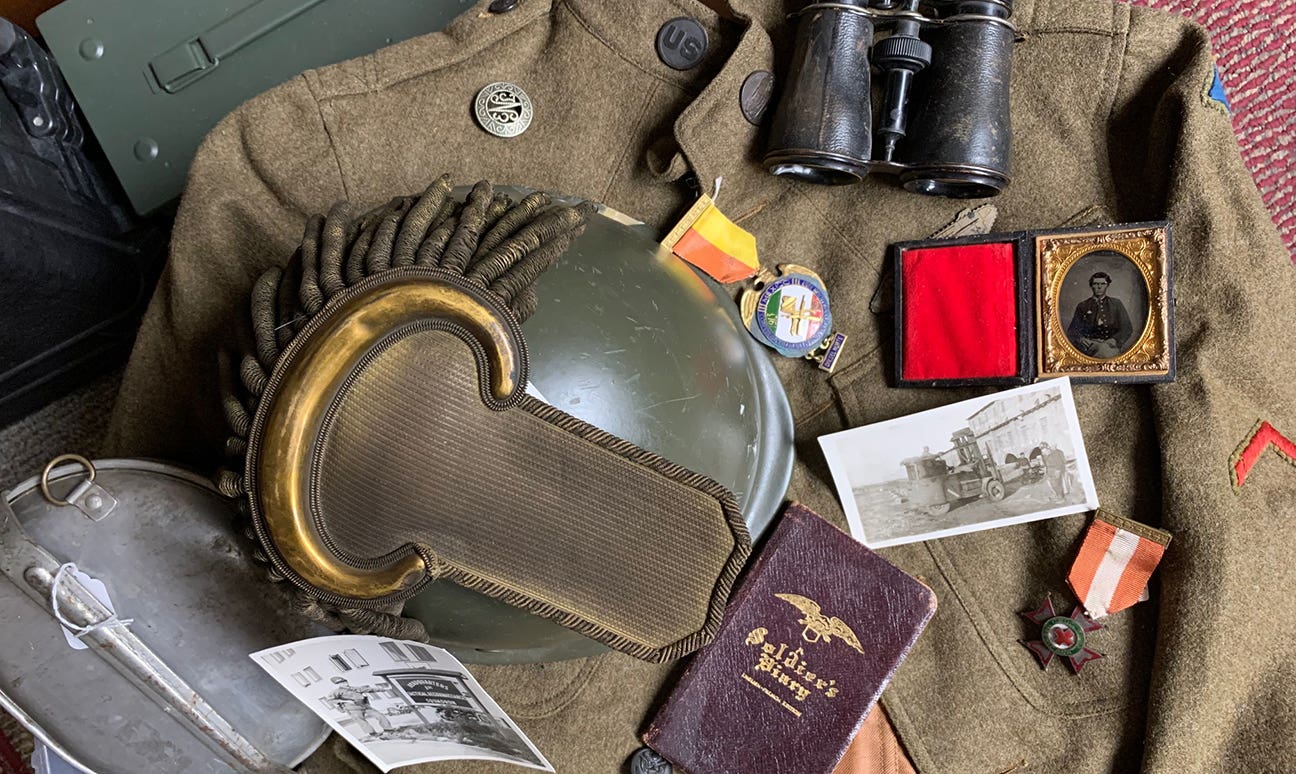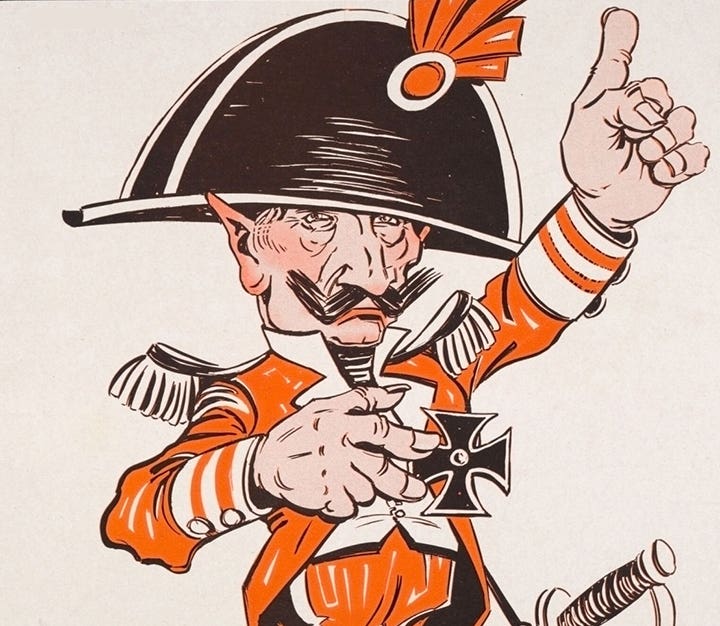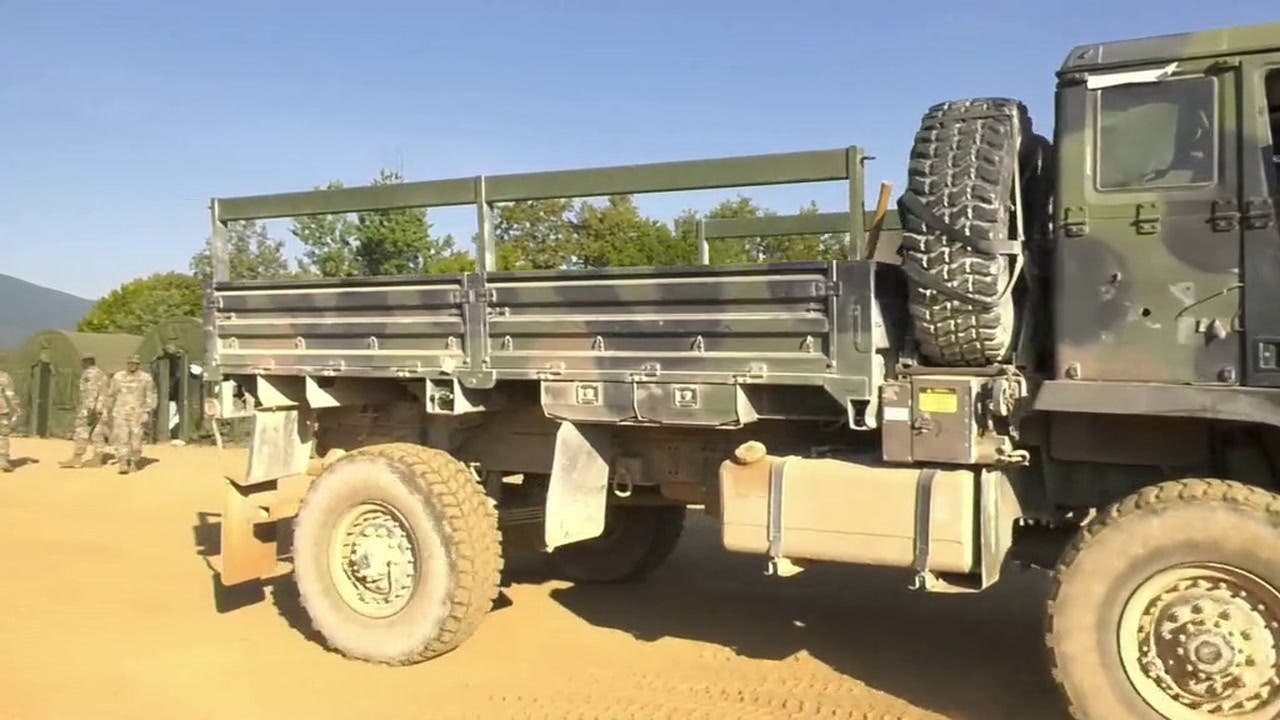MRAPs: Symbols of the Time
Standing there, recounting America’s military accomplishments during the War in Afghanistan, President Obama cemented the iconic MRAP vehicle in the long line of America’s symbolic military vehicles: The FT-17, the Jeep, the Dodge WC-43 Ambulance, the UH-1 Huey, the HMMWV and now, the MRAP.
When it comes to military vehicles, there are a few that stand out as representatives of an era. For WWI, it is probably the light 6-ton FT-17 tank used by the likes of junior officers George S. Patton and Dwight Eisenhower. WWII, without a doubt, the Jeep stands out as the vehicle that touched the hearts of most soldiers, airmen and sailors. The television series M*A*S*H* probably elevated the WC-54 ambulance to the MV representative for the Korean War. Vietnam, unlike other wars, was characterized by rapid aerial troop transport and deployment, so the “rep MV” is the Huey UH-1. The M1A1 Abrams tank drove out the dust of Operation Desert Storm to become the iconic hero of that short, swift conflict, followed by the HMMWV that came to symbolize the Second War in Iraq. So when President Obama clandestinely flew to Afghanistan to make a speech to American troops on May 1, 2012--the first anniversary of the killing of Osama bin Laden--he stepped to a podium in front of two vehicles symbolic of the decade-long war.
A DIFFERENT KIND OF LAND WARFARE
When coalition ground forces plowed through the sand berms to unleash the ground offensive of the First Gulf War on Feb. 23, 1991, conventional, combined operation American forces led the way in armored vehicles including M1A1 main battle tanks and M2 infantry fighting vehicles. The Americans quickly neutralized any Iraqi armor they encountered. When the campaign ended 100 hours later, the M1A1 Abrams emerged as the hard-hitting symbol of the land war, having destroyed hundreds of Iraqi tanks while sustaining no knockouts by enemy fire.
When American forces invaded Iraq in 2003, M1A1 and M1A2 Abrams led the way. This time, however, the nature of combat had evolved into something not typical of American training and preparedness. By 2005, enemy forces successfully destroyed 85 Abrams. The most lethal weapons Abrams crews encountered were improvised explosive devices (IEDs) detonated from a safe distance. It didn’t matter how much firepower an Abrams could offer, it couldn’t effectively protect its crew
As the invasion evolved into an occupation, the role of armor decreased dramatically. Occupying forces required more ability and agility than the nearly 70-ton behemoth Abrams or even the lighter, 27.6-ton M2A2 Bradleys could offer. More and more patrols placed their reliance on the nimble High Mobility Multipurpose Wheeled Vehicles (HMMWVs).
Enemy armed with anti-tank weapons were not as great a concern to HMMWV-borne troops as were the roadside IEDs. Though an armored version of the HMMWV had been available since earlier action in Somalia, very few of the protective M1114s had made it to Iraq. Perhaps taking a page from their fathers’ Vietnam playbooks that included heavily armored gun trucks, soldiers in Iraq looked for ways to hang more protection on the four wheel-drive vehicles.
By the end of 2004, Secretary of Defense Donald Rumsfeld had come under heavy criticism from U.S. soldiers and their families for not providing better-equipped HMMWVs. Rumsfeld pointed out that, prior to the war, armor kits were produced only in small numbers per year. He explained that as the role of American forces in Iraq changed from fighting the Iraqi Army to suppressing the guerrilla insurgency, more armor kits were being manufactured, though perhaps not as fast as production facilities were capable of bringing them online. Even more advanced kits were also being developed. However, while these kits were much more effective against all types of attacks, they weighed between 1,500 to 2,200 lbs resulting in some of the same drawbacks as the vehicles with improvised armor.
Whereas the armor on most upgraded HMMWVs held up well against lateral attacks where the blast was distributed in all different directions, it offered little protection from a blast from below the truck, typical of the buried or roadside IEDs.
Demand forced manufacturers to rapidly field armor kits for the HMMWVs. Though several options became available (including the Armor Survivability Kit (ASK), the FRAG 5, FRAG 6, as well as HMMWV upgrade kits to the M1151), it became readily apparent these were all stopgap measures. The real need was for a totally different kind of vehicle.
ENTER THE MRAP
While the Second Iraq War (also known as Operation Iraqi Freedom) can be characterized by the HMMWV and its variants, the challenges faced by troops on the ground gave birth to a new sort of military vehicle: the Mine Resistant Ambush Protected (MRAP) vehicle. The purpose of the unique design was to increase the survivability of crews who endured IED attacks and ambushes.
MRAP vehicles usually have "V" shaped hulls to deflect away any explosive forces originating below the vehicle, thereby protecting the vehicle and its passenger compartment. The boat-shaped undercarriage design can actually trace back to specialized vehicles developed to counter landmines during the 1972-1980 Rhodesian Bush War. South African forces subsequently matured the technology.
In 2001, the United States, along with coalition forces, launched Operation Enduring Freedom in Afghanistan. The harsh landscape mostly precluded use of tracked vehicles but strongly favored enemy deployment of IEDs. Though the Army and Marines had been developing separate MRAP programs, the need for a vehicle that could navigate extensively varied terrain while providing sufficient crew protection became urgent.
By May 2007, Secretary of DefenseRobert Gates stated that the acquisition of MRAPs were the Department of Defense's highest priority. He earmarked $1.1 million for MRAPs after the Marines reported in 2004 that no troops had died in more than 300 IED attacks on their MRAP vehicles known as “Cougars.”
Between 2007 and 2008, the U.S. forces placed orders for several thousand MRAPs from a variety of manufacturers with the intent of deploying them to troops in both Iraq and Afghanistan. Today, several thousand MRAPs of three common categorical designs are serving with troops in both theaters of operation. With the drawdown of forces in Iraq, subsequent MRAP deliveries will be diverted to Afghanistan.
A PRESIDENTIAL ENDORSEMENT
As I watched the President’s speech outlining a plan to end the War in Afghanistan delivered from an Army base in Kabul, Afghanistan, I thought it was rather neat he chose to deliver it from a platform that included two MRAPs. It wasn’t until my Blackberry buzzed a notice of an incoming email that I really gave it any more thought.
Glancing at the Blackberry’s index, I saw the email was from a reporter of the Washington, DC-based news media outlet, Politico. Assuming it was probably just spam, I decided to open it, only to discover an urgent appeal from a reporter asking what sort of vehicles were behind the President.
It didn’t take long to reply that on the viewer’s left of the President stood an Oshkosh M-ATV wheeled armored vehicle and on the right, an International MaxxPro MRAP. Figuring I had performed adequately in my role as “editor of Military Vehicles Magazine,” I gave the exchange little additional thought.
Just then, the Blackberry buzzed a second time. It was a follow-up email. “Why do you think the President chose to deliver a speech with those two vehicles in the background?” the reporter asked.
It was then, it dawned on me: More so than any other vehicle, the MRAP (in all of its many forms) has become the iconic vehicle of America’s War in Afghanistan. It typifies America’s ability to adapt to any challenge, sometimes totally turning conventional wisdom or perceptions upside down (like using a boat-shaped underbody for a tall-profile military vehicle) to accomplish its goals. Standing there, recounting America’s military accomplishments during the War in Afghanistan, President Obama cemented the iconic MRAP vehicle in the long line of America’s symbolic military vehicles: The FT-17, the Jeep, the Dodge WC-54 Ambulance, the UH-1 Huey, the HMMWV and now, the MRAP.
Keep ‘em rolling,
John Adams-Graf, Editor
Military Vehicles Magazine and Military Trader
To read the Politico article, click here:
John Adams-Graf ("JAG" to most) is the editor of Military Trader and Military Vehicles Magazine. He has been a military collector for his entire life. The son of a WWII veteran, his writings carry many lessons from the Greatest Generation. JAG has authored several books, including multiple editions of Warman's WWII Collectibles, Civil War Collectibles, and the Standard Catalog of Civil War Firearms. He is a passionate shooter, wood-splitter, kayaker, and WWI AEF Tank Corps collector.



